Some dogs just can’t seem to hold their “licker”! Whether they are licking you, your furniture, the floors, themselves, or just flapping their tongues, there is usually a medical or behavioral explanation.
Read on to find out why your pooch is licking and what you should do to remedy it.
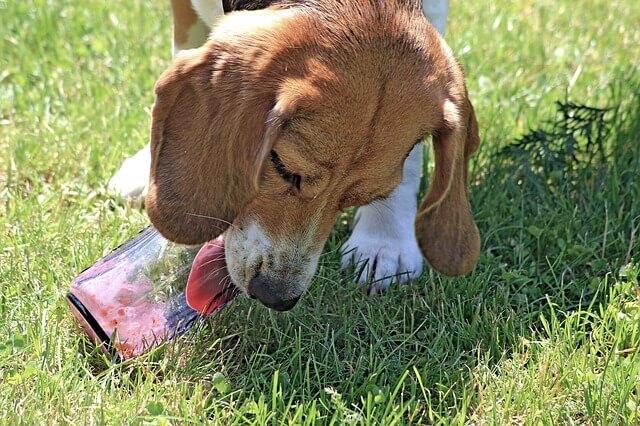
1. Affection
When your dog showers you with joyful licks after a long day apart, it really does mean he’s happy to see you! Affectionate licking starts at birth. Mother dogs lick their pups to clean them up after feedings and stimulate them to urinate and defecate. From their earliest moments on Earth, dogs learn that licking is an act of love and caregiving.
As long as you do not mind an occasional tongue bath, there is no reason to curb this behavior. If your dog’s licking is constant, try simply walking away. Removing yourself from the unwanted behavior teaches your pup that licking leads to the absense of their beloved human.
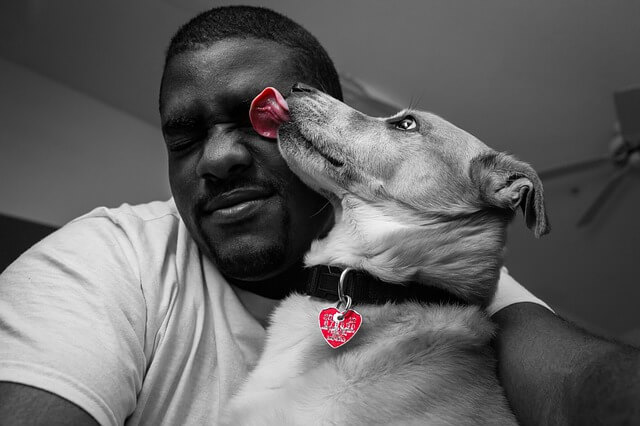
2. Sensory Stimuli
Dogs “see” the world through their noses and their senses of smell and taste are closely tied together. Therefore it is no surprise that the cause of a dog’s licking is often sensory. Many dogs lap excess water from their humans when they step out of the shower. A lick-fest directed at your hands or face may be your pup’s attempt to sample your most recent snack. They may also enjoy the smell of your body lotion or lick a particular throw pillow because of the material’s texture.
In order to deter your pup from this type of licking, wash your hands frequently and freshen up after meals. Also, be sure your floors and furniture are crumb-free and avoid using harmful cleaning products.
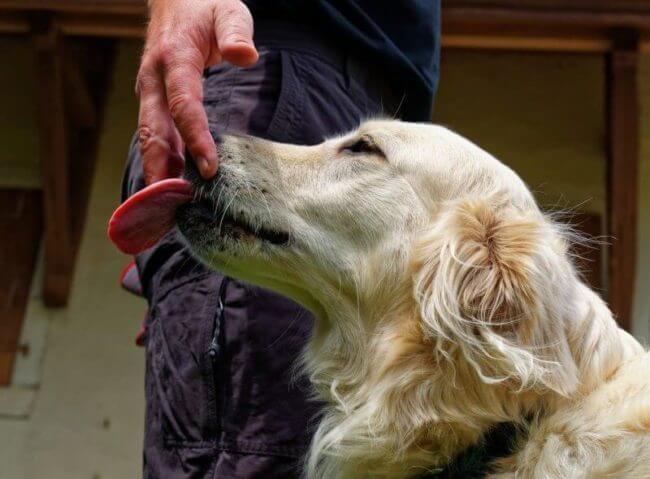
3. Cleaning
Licking their paws clean after a walk in the rain is normal behavior for dogs. However, this practice can be dangerous. Leptospirosis, a harmful bacterial infection, can be transmitted by ingesting standing water. One way to deter this behavior is to gently wipe your dog’s paws with pet safe grooming wipes after a trip outside.
Excessive licking of the feet could also indicate a medical condition like allergies or gastrointestinal illness.
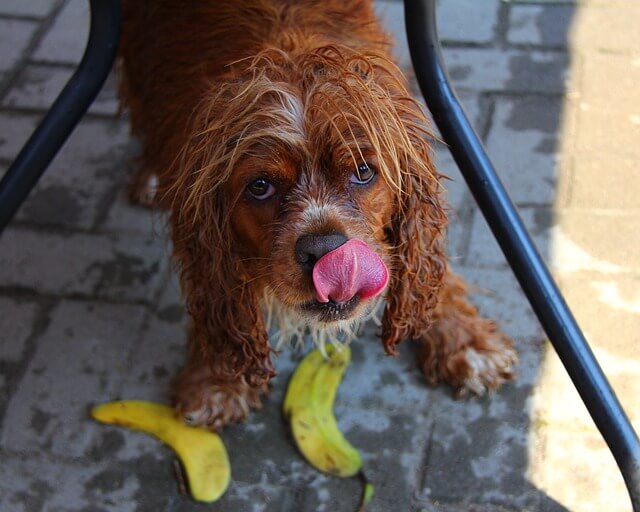
4. Pain
Dogs cannot rub a sore or painful spot on their body so they lick instead. Licking at their joints may signify arthritis, while aimlessly licking their lips could indicate an upset stomach or dental pain. Painful licking is technically a normal behavior, but dogs that obsessively lick one spot can cause ulcerated lesions called lick granulomas (a problem also seen in anxious lickers). Excessive licking after an injury or surgery could lead to premature removal of sutures, reopening of the surgical site, or infection – hence the dreaded cone of shame!
If your dog’s licking is unexplained, be sure to seek veterinary attention to rule out a medical cause.
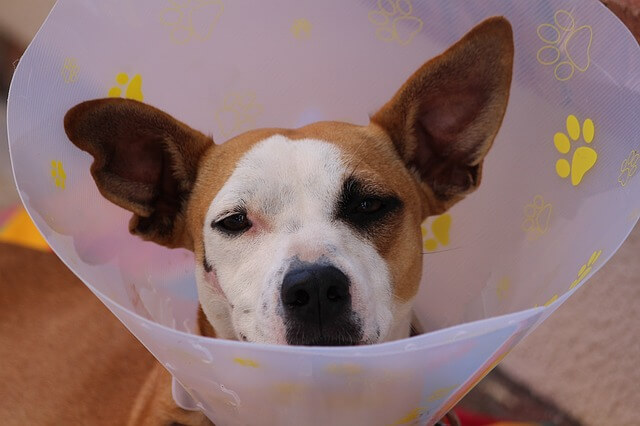
5. Anxiety
Anxious licking is what animal behaviorists refer to as a “stereotypical” behavior, meaning it doesn’t serve a purpose and isn’t social. If there is no obvious motivation behind a dog’s licking it is usually classified as a symptom of anxiety. For example, it is normal for a dog to lick the sofa because a glob of mayonaise from your sandwich landed there, but it is not normal for them to obsessively lick the sofa every time the doorbell rings.
In cases of anxious licking, try distracting your dog with a favorite treat, toy or bone. Direct them to a spot where they feel comfortable, like a bed or crate. If anxious licking becomes a trend, seek veterinary attention to rule out illnesses or serious behavioral issues.
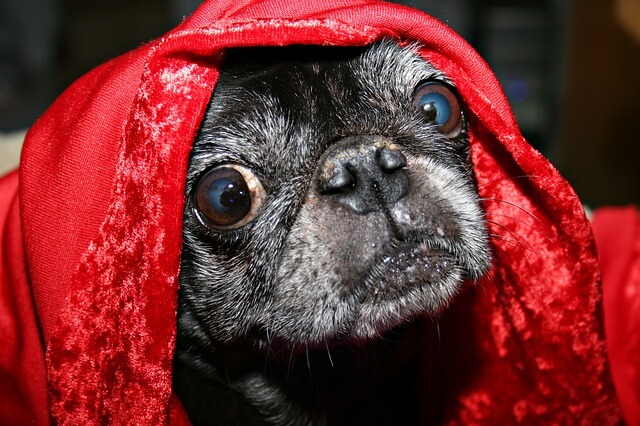
6. Gastrointestinal Illness
One of the most commonly overlooked symptoms of nausea and upset stomach in dogs is random, unexplained licking. Your dog may lick the furniture, himself or simply flap his tongue in and out as if licking his lips. Other signs of illness that often accompany nauseated licking include swallowing or “gulping”, drooling, lethargy, refusal to eat or drink, painful or distended abdomen, and of course, vomiting and/or diarrhea.
If any of these signs are observed alongside your dog’s licking, seek veterinary care.
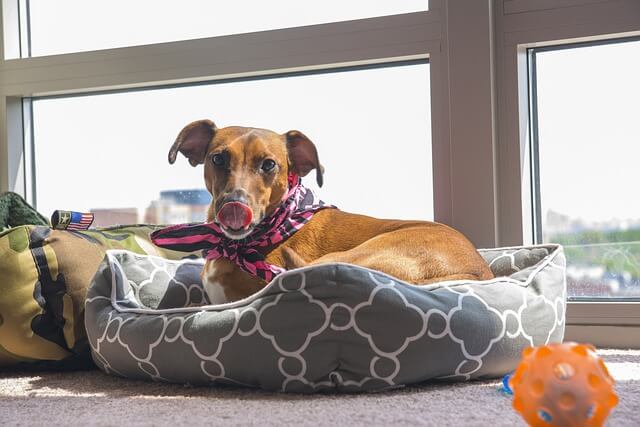
7. Allergies
Paw licking is one of the most commonly described symptoms of allergies in dogs. Excessive paw licking can lead to pain, swelling, redness, sores, bleeding and infection. Localized irritations like insect bites can also cause excessive licking resulting in painful lesions known as hot spots.
If your dog’s licking is intense enough to cause redness, hair loss or abrasions on the skin, seek veterinary attention promptly.

H/T to PetMD
 Toledo, United States.
Toledo, United States.